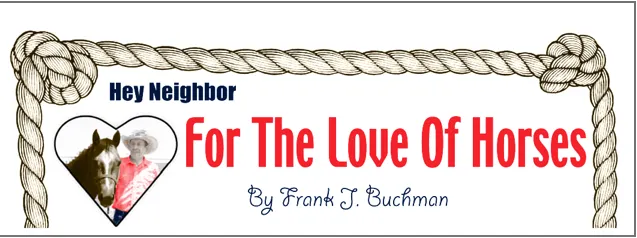State Sen. Laura Kelly in 2018 became the third woman in less than 30 years to be elected governor of Kansas. Kelly, Joan Finney (1991-1995) and Kathleen Sebelius (2002-2008), all Democrats from Topeka, have magnified the presence and history of women in politics and government.
In the early ’90s, Kansas was near the top in electing women to state legislatures and setting trends for their advancement. In 1992, 14 of 40 state senators were women and 33 women served in the 125-member House – 29 percent of the legislature. But the proportion has improved only slightly: 16 women now in the Senate, 34 in the House – 30 percent of the Kansas Legislature.
*
Finney had cleared the way for more women in elective office and was a trail blazer long before her 1990 election as the state’s first woman governor. Finney, who died in 2001 at age 76, was known for her unabashed populism and keen memory for names and faces; she was a dedicated Democrat who had begun service as an avowed Republican.
In 1953 Finney began her long career on the staff of the late U.S. Sen. Frank Carlson, a Republican icon, and worked in Carlson’s Washington and Topeka offices. In 1972, after serving as the Shawnee County election commissioner, she ran for Congress as a Republican and lost in the primary. A year later, she was told that a woman would not get the party’s blessing in the coming election for state treasurer. Undeterred, Finney changed parties – and won as a Democrat. She was re-elected three times, became the longest-serving state treasurer. In 1990 she entered the Democratic primary election for governor and was given little chance of winning. Finney won that primary, defeated Republican incumbent Gov. Mike Hayden, and was inaugurated governor in January, 1991.
Among Finney’s pet causes were a plan to let voters put proposed laws and constitutional amendments on the ballot without going through the Legislature, and to repeal dozens of sales and property tax exemptions to increase state revenues without raising income tax rates. Both were rejected by lawmakers. In 1991 and ’92, Finney presided over an historic revision of the state’s school finance laws and dramatic reforms in teaching and academic achievement standards.
By the mid-90s, more:
– State Sen. Sheila Frahm, R-Colby, a determined and eloquent Senate Majority Leader, would be inaugurated as the state’s first woman lieutenant governor, and also serving Gov. Bill Graves as Secretary of Administration (read: “assistant governor”).
– Carla Stovall, a Republican and former county prosecutor, was elected Kansas Attorney General.
– Rep. Kathleen Sebelius became the state’s first woman insurance commissioner and the first Democrat and only the fourth person to hold that office in 107 years.
– State Treasurer Sally Thompson, a Democrat, was reelected to a second four-year term.
– Gloria Timmer was reappointed by Graves as director of the governor’s Budget Office, a position that she had held under Gov. Finney. Timmer later became executive director of the National Association of State Budget Directors; she died of breast cancer in 2000 at age 49.
– In Washington, two Kansans became the first women to head standing congressional committees (1994). Rep. Jan Meyers, of Kansas’s 3rd congressional district, became chairman of the House Committee on Small Business; and Nancy Kassebaum was named chair of the Senate Labor Committee.
Kassebaum had been in Washington since 1978, the first woman elected to the U.S. Senate not preceded by a husband. She was a distinguished Senate leader, wildly popular in Kansas and twice re-elected; she retired in 1997.
Meyers served in the Kansas Senate for 12 years (1972-84) – including four as chairman of the Public Health and Welfare Committee – before her election to the U.S. House, where she served another 12 years, until 1997.
Kansas at the time continued to build on a rich history of women in public service, achievements marked more than a century earlier when Suzanna Salter became the nation’s first woman mayor, in Argonia, in 1887.
Women were elected because they were capable and because men had made such a mess of things. But also like men, not all women in government have proved virtuous or brilliant. As their numbers increased, so did the chance for spoilage. Gender does not discriminate when it comes to the corrupt or the half-witted.
Overall, women often emerged in contrast to the petulance and conceit of their male counterparts. If only by their gender, women – as Kelly and her predecessors remind us – remain a grand alternative. Most of them, anyway.
(Next: Sebelius and Prager)




